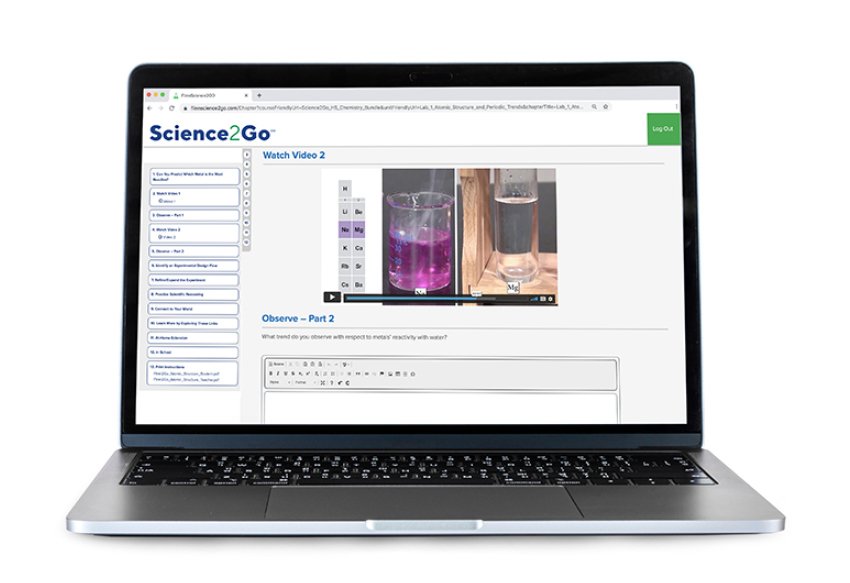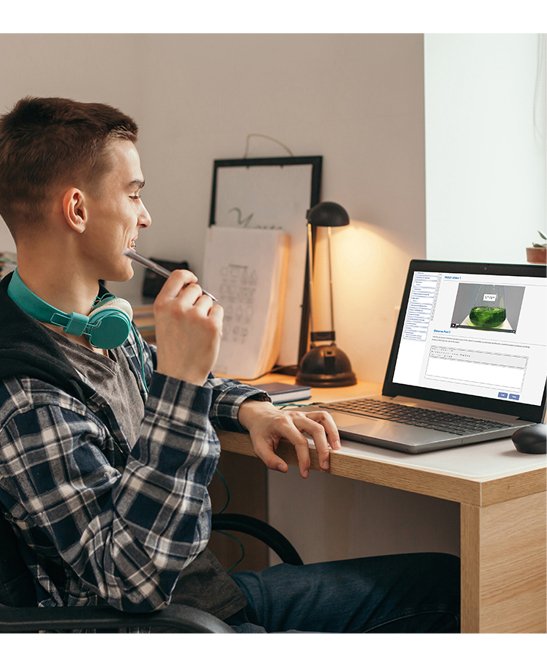3 Must-Haves for Remote Science Learning: How can teachers and students “do” science when not physically in a lab?
Mike Marvel, PhD
“My students need to see things happen.”
“I can’t just send them to virtual simulations, they need to do labs.”
“I want my students to be able to see someone read the liquid level off of a burette.”
These are just a few of the comments and concerns teachers have expressed as they grapple with how to engage students in the scientific discovery process while teaching remotely. Removing the ability to teach in-person because of COVID-19 certainly provides a unique set of challenges for teachers and students alike. However, quality and engaging science and STEM instruction is still possible.
So how can teachers and students “do” science when not physically in a lab? Here are the three must-haves for effective remote science learning:

Have Access to Real Data. Authentic data helps students construct arguments and understand the world around them. Luckily, there are ways to provide this data even if students aren’t able to collect it themselves during an in-lab investigation. By using video labs, teachers can show investigations being conducted so students can see the scientific process taking place and understand how the data are captured before receiving the actual data files for their own analysis.
In addition to providing data electronically, having print files of data to send to students is also important – this helps ensure all students can engage in meaningful remote scientific learning, regardless of their broadband access.
Use Science Prompts. The data is only as valuable as the prompts that go with it. As such, pairing real data with intentionally-designed prompts that engage students and ensure their ability to do science practices – rather than interrogate their content knowledge – is important. These help students flex their understanding, demonstrate their understanding of the scientific process, form hypotheses, engage in collaborative data-driven conversations, and more based on the specific lessons and concepts being taught.
With Flinn Scientific’s Science2Go, teachers can use suggested prompts or customize their own prompts to meet the specific learning objectives of a given lesson. This Next Generation State Standards-aligned digital learning solution combines videos focused on lab techniques and data collection with downloadable, editable worksheets intentionally designed to engage middle and high school students in science and engineering practices.


Provide Hands-on Activities. While students aren’t able to conduct the same labs as they would in class because of safety and logistical reasons, it is still imperative for teachers to try to engage them in hands-on learning whenever possible. This can include conducting simple demonstrations or experiments using common household items. For example, teachers can reinforce chromatography concepts simply by using a few M&Ms, a bowl of water, and a paper towel. After soaking the candy and towel in the water, students can discuss why certain dye colors moved further up the towel than others.
To help teachers incorporate more hands-on learning during remote teaching, each lab in Science2Go features an at-home extension with suggested ideas and activities. Tying these activities with each lab will help students synthesize data in more meaningful ways.
Despite being challenging and certainly a stray from the norm for many, remote science teaching can still be engaging and effective for students. With these three best practices and a bit of creativity, teachers can continue to immerse students in the learning process while helping them master important scientific concepts.
This article first appeared in the 2-4-21 on the NSTA Blog (https://www.nsta.org/blog/three-must-haves-remote-science-learning)


